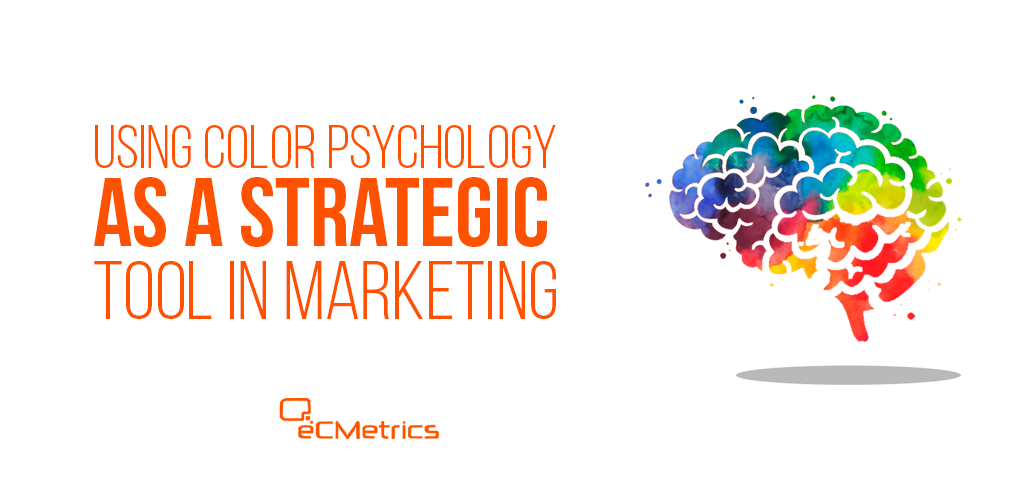
Article written by Raquel Mujica | Reviewed by Jessica Cruz
Colors subtly infiltrate our daily lives, exerting profound influences on our emotions and shaping our decisions, often without our conscious awareness. Color psychology, a captivating concept employed in realms such as marketing and advertising, holds the key to unlocking deeper connections with consumers and driving strategic outcomes.
Understanding Color Psychology
At its core, color psychology delves into the intricate ways colors sway human behavior. Whether it's the soothing allure of blue, the fiery intensity of red, or the invigorating vibrancy of orange, each hue carries its own set of connotations and triggers distinct emotional responses.
Harnessing the Power of Colors in Branding
In the competitive landscape of marketing and advertising, color psychology emerges as a cornerstone strategy. Brands meticulously select hues for their logos, designs, and packaging to evoke specific emotions and foster lasting impressions. For instance, the tranquil blue of NIVEA instills a sense of trust and reliability, while the dynamic red of Coca-Cola ignites feelings of passion and excitement.
Strategic Applications in Market Research
Market researchers leverage color psychology to decipher consumer preferences and behaviors, wielding it as a potent tool to shape brand perception and drive purchasing decisions. By aligning colors with desired brand attributes, companies create a cohesive narrative that resonates deeply with their target audience.
Crafting Emotional Connections Through Colors
Beyond aesthetics, colors serve as conduits for forging emotional bonds with consumers. By tapping into the psychological nuances of each shade, brands cultivate meaningful associations that foster loyalty and brand advocacy. For example, the feminine allure of pink entices audiences of Victoria's Secret, evoking feelings of romance and sophistication.
Unveiling the Impact on Consumer Decision-Making
From product packaging to advertising campaigns, color psychology permeates every facet of consumer interaction. The strategic selection of colors can sway purchasing decisions, convey product messaging, and elevate brand recognition. By mastering the art of color psychology, companies can wield colors as powerful instruments of persuasion, driving consumer engagement and loyalty.
In essence, color psychology transcends mere aesthetics, serving as a dynamic communication tool that resonates with consumers on a subconscious level. By harnessing the emotional resonance of colors, businesses can craft compelling narratives, forge lasting connections, and stand out in an increasingly competitive marketplace. Embracing the nuances of color psychology is not just an option but a strategic imperative for any company seeking to captivate and captivate the hearts and minds of consumers.